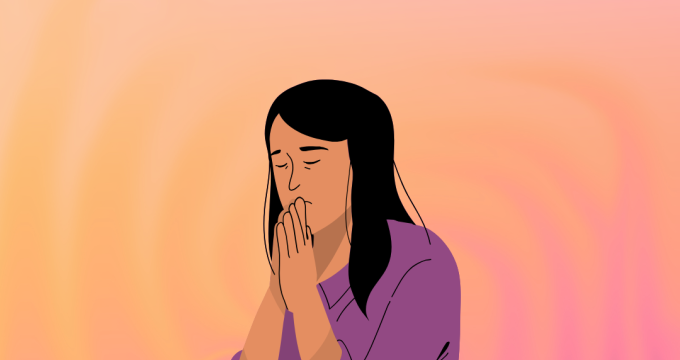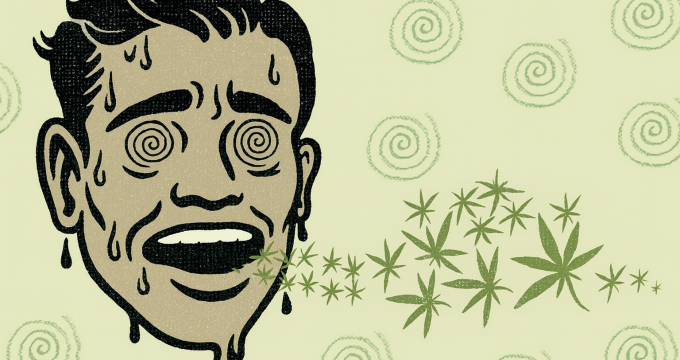Harm Reduction

Harm reduction refers to policies, programmes and practices aimed at minimising the negative health, social and legal consequences of psychoactive substance use.
Harm reduction as a philosophy has its basis in justice and human rights. It focuses on trying to make positive change in the user's life without judging, discriminating, or requiring the user to stop using substances as a condition of receiving support.
Harm reduction involves a range of services, social and health, and practices that can be applied to both licit and illicit substance use. Some of these include safe places to consume, needle and syringe programs, housing and work opportunities that do not require absence of use, drug testing/testing, preventing and reversing cases of overdose, psychological support, and making information about safer use available. Actions such as these are cost-effective, are evidence-based and evidence-informed, and lead to positive changes in individual and social health.
Principles of Harm Reduction
Respecting the rights of people who use drugs
Harm reduction is fundamentally grounded in principles that aim to protect human rights and improve public health. Treating people who use drugs—along with their families and communities—with compassion and dignity is integral to harm reduction. The use of drugs does not mean people forfeit their human rights - they remain entitled to the right to life, to the highest attainable standard of health, to social services, to privacy, to freedom from arbitrary detention and to freedom from cruel, inhuman and degrading treatment, among others.
A commitment to evidence
Harm reduction policies and practices are informed by a strong body of evidence that shows interventions to be practical, feasible, effective, safe and cost-effective in diverse social, cultural and economic settings. Most harm reduction interventions are easy to implement and inexpensive, and all have a strong positive impact on individual and community health.
A commitment to social justice and collaborating with networks of people who use drugs
Harm reduction is rooted in a commitment to addressing discrimination and ensuring that nobody is excluded from the health and social services they may need because of their drug use, their race, their gender, their gender identity, their sexual orientation, their choice of work, or their economic status. People should be able to access services without having to overcome unnecessary barriers, including burdensome, discriminatory regulations. Further, the meaningful involvement of people who use drugs in designing, implementing and evaluating programmes and policies that serve them is central to harm reduction.
The avoidance of stigma
Harm reduction practitioners accept people who use drugs as they are and are committed to meeting them “where they are” in their lives without judgement. Terminology and language should always convey respect and avoid stigmatising terms [1] or divisions between “good” and “bad” drugs. Stigmatising language perpetuates harmful stereotypes, and creates barriers to health and social services.
Goals of harm reduction
Keep people alive and encourage positive change in their lives
Keeping people who use drugs alive and protecting their health [2] are the most urgent priorities. Harm reduction approaches are facilitative rather than coercive, and aim to reinforce positive change in a person’s life, no matter how small or incremental that change may be. Recognising that only a small percentage of people who use drugs experience problematic use, harm reduction may also help people maximise any potential benefits that they gain from using drugs.
Reduce the harms of drug laws and policy
Harm reduction seeks to improve drug laws, policies and law enforcement practices, so that they are not detrimental to the health and wellbeing of people who use drugs and their communities. Many policies around the world create and exacerbate the potential risk and harms of drug use. These include: the criminalisation of people who use drugs; abusive and corrupt policing practices; the denial of life-saving medical care and harm reduction services; restrictions on possession of injecting paraphernalia; forced urine testing and detention in the name of rehabilitation; and, discrimination based on drug use, class, race, and gender. Harm reduction challenges international and national laws, and policies that contribute to drug-related harms.
Offer alternatives to approaches that seek to prevent or end drug use
Access to high quality, evidence-based prevention, care and treatment programs, including approaches that involve cessation of drug use, are important for some people. Entry into treatment should be on the terms of the individual and must never be forced. Many people who use drugs do not need treatment, and those experiencing problems associated with drug use may be unwilling or unable to enter abstinence-only treatment for myriad reasons. While abstinence from drug use may be the goal for some people who use drugs this is an individual choice and should not be imposed, or regarded as the only option.
[1] Stigmatising language includes, but is not limited to, referring to people who use drugs as ‘drug abusers,’ ‘addicts,’ ‘a scourge,’ ‘junkies,’ or a ‘social evil.’
[2] Harm reduction is well-evidenced to prevent diseases such as HIV, viral hepatitis and tuberculosis, among others.







